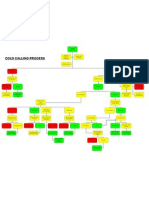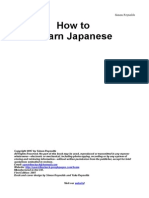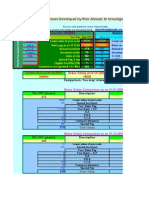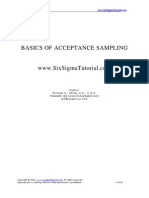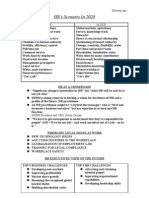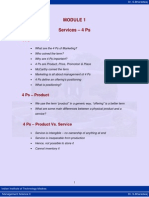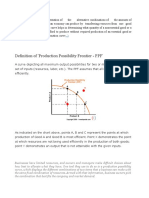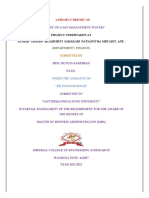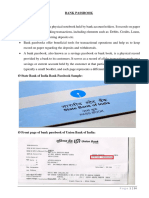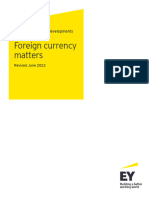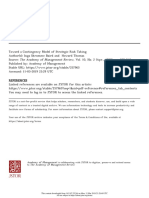0% found this document useful (0 votes)
78 views19 pagesModule 2
Comparative statements present the accounts of two or more consecutive years side-by-side. This indicates the upward or downward trend of specific accounts in the balance sheet. The higher the net profit ratio better the operational performance of the company.
Uploaded by
DheerajCopyright
© Attribution Non-Commercial (BY-NC)
We take content rights seriously. If you suspect this is your content, claim it here.
Available Formats
Download as PDF or read online on Scribd
0% found this document useful (0 votes)
78 views19 pagesModule 2
Comparative statements present the accounts of two or more consecutive years side-by-side. This indicates the upward or downward trend of specific accounts in the balance sheet. The higher the net profit ratio better the operational performance of the company.
Uploaded by
DheerajCopyright
© Attribution Non-Commercial (BY-NC)
We take content rights seriously. If you suspect this is your content, claim it here.
Available Formats
Download as PDF or read online on Scribd
/ 19
